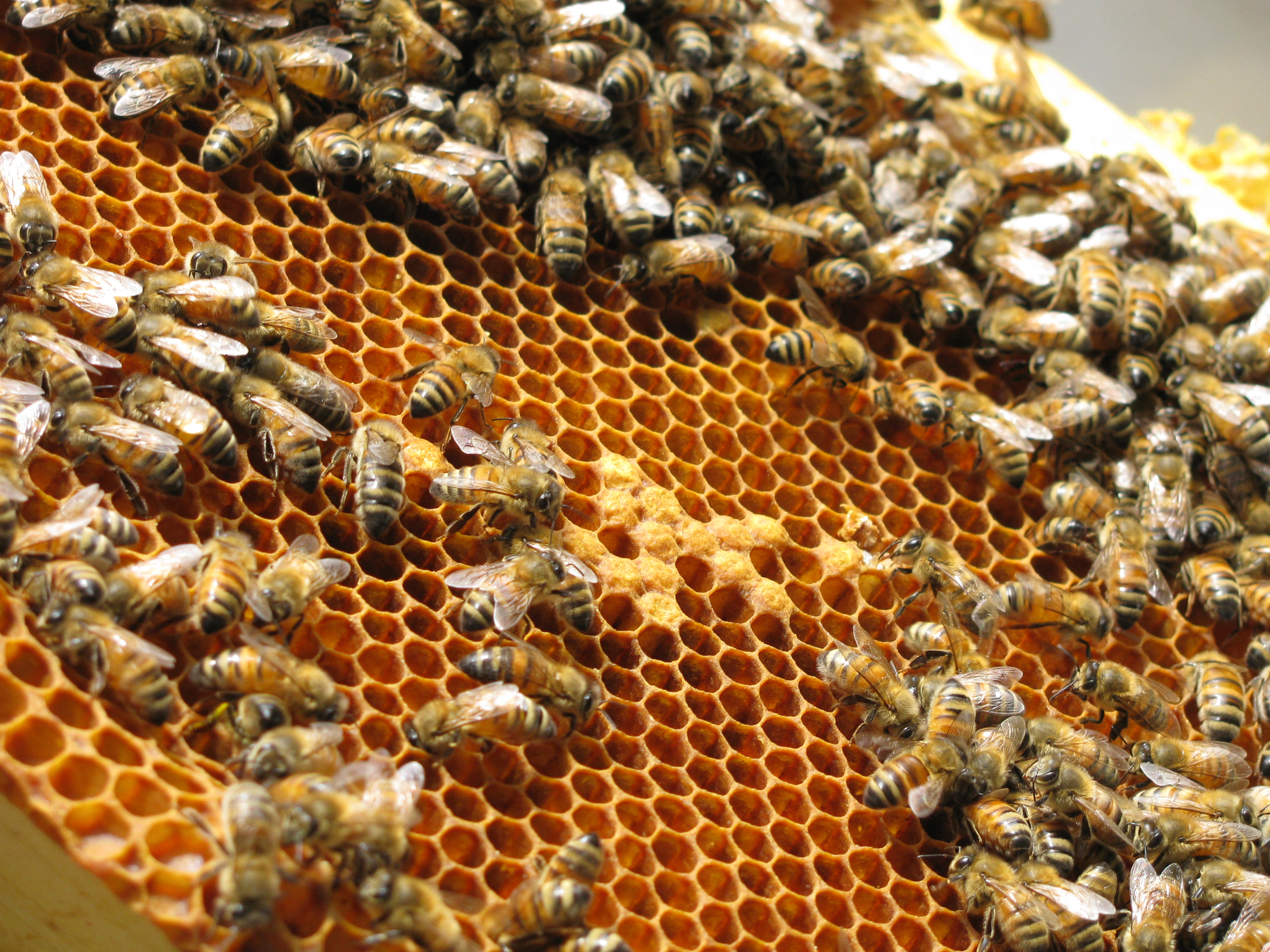The U.S. Department of Agriculture has lots of resources for New Mexicans who keep bees for profit — and those who have lost hives to colony collapse.
The federal programs aren’t designed for hobbyists who want to help a critical species, but even small-scale beekeeping operations can qualify for assistance building and protecting their businesses. Terry Brunner, state director of USDA Rural Development, urged beekeepers to research the following programs:
Environmental Quality Incentives Program (EQIP): Because bees play an essential role in crop production, the Natural Resources Conservation Service is helping large- and small-scale farmers restore and maintain croplands to support native bee populations. Landowners who plant crops that provide diverse food sources for native pollinators might be eligible for financial and technical assistance through EQIP, including site visits by NRCS technicians to ensure a proper mix of plants for optimal bee forage and habitat.
The Conservation Reserve Program (CRP): Farmers who participate in this land conservation program receive an annual payment through the Farm Service Agency in exchange for removing environmentally sensitive land from agricultural production and planting crops or plants that improve environmental health. Beekeepers specifically are eligible for the CRP’s Pollinator Habitat Initiative.
Value-added Producer Grant: These grants are awarded each year to producers who use raw agricultural materials to create finished products — say, using honey to flavor ice cream or using beeswax in handmade soaps. Grants provide up to $75,000 for planning and up to $250,000 for working capital to help grantees manufacture the product, expand marketing or conduct a feasibility study. A cash or in-kind match is required. Farmers just starting a business or those considered disadvantaged by gender or race often get priority. The same goes for small or medium-sized enterprises structured as family farms or cooperatives.
Emergency assistance and crop insurance: The Emergency Assistance for Livestock, Honeybees and Farm-Raised Fish Program (ELAP) assists producers who suffer catastrophic loss of their hives due to colony collapse disorder or natural causes. Beekeepers can secure low-cost insurance for their colonies through USDA-approved crop insurance programs oriented to apiculture producers; they’re urged to contact a qualified crop insurance agent for information.
Brunner urged beekeepers to call or visit their local USDA office (find a state map at http://www.rd.usda.gov/files/Area_%20Office_%20Map.pdf) for details about the resources available to landowners, producers and farmers. A May 2015 document from the USDA, “Using 2014 Farm Bill Programs for Pollinator Conservation,” offers an overview. It’s available at http://directives.sc.egov.usda.gov/OpenNonWebContent.aspx?content=37370.wba.
Navigating the USDA website to discover the appropriate program match and apply for grants or assistance requires persistence, Brunner admitted. But the potential payoff makes it worthwhile for the producer — and the environment. “We have all sorts of beekeeping (assistance),” he said. “But you have to be willing to fill out a lot of paperwork and be able to sell your project.”
Download 410_Federal Programs Can Help Beekeepers Build Habitat-Create Products PDF

